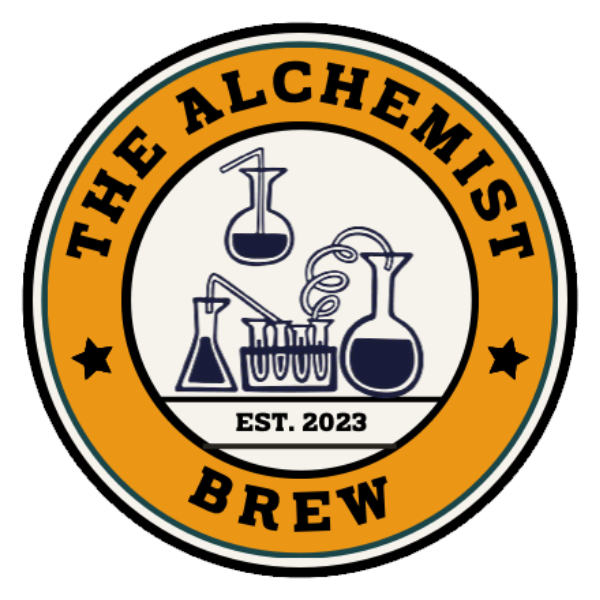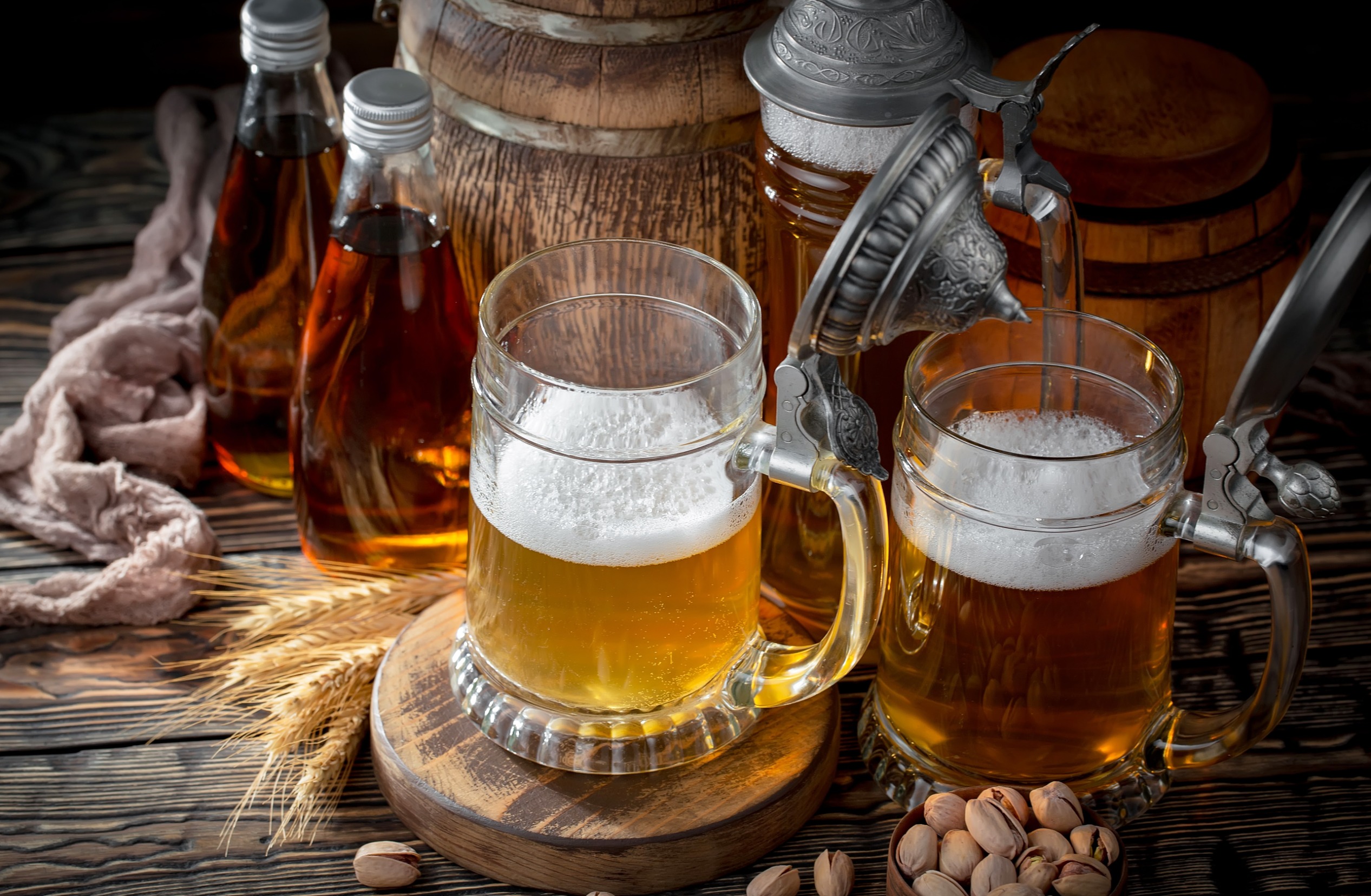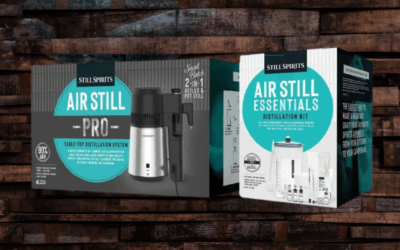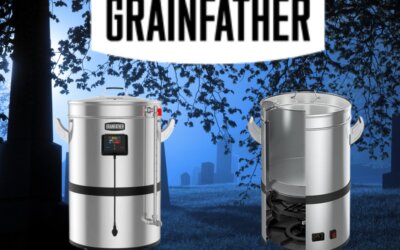When it comes to home brewing beer, one of the decisions you’ll have to make is whether to bottle your beer or keg it. Each method has its own set of advantages and disadvantages, so it’s important to consider these carefully before making a decision.
Bottling Beer
Pros
Portability
Bottled beer is portable, which makes it easy to take your homebrew to parties, picnics, or other events.
Storage
Bottles are easy to store, and they take up less space than kegs. They can be stored in a closet or on a shelf, whereas kegs require more space.
Carbonation control
With bottles, you have more control over the carbonation level. You can add more or less sugar to the bottles, which affects the carbonation level.
Cost
Bottling equipment is generally less expensive than kegging equipment.
Cons
Time-consuming
Bottling can be time-consuming and labour-intensive, especially if you’re bottling a large batch.
Risk of contamination
Bottling introduces a greater risk of contamination, as each bottle needs to be sanitized and filled individually.
Waste
Bottles can break or become damaged, resulting in wasted beer.
Inconsistent carbonation
Carbonation can vary from bottle to bottle, which can result in an inconsistent drinking experience.
Kegging Beer
Pros
Time-saving
Kegging is faster and less labour-intensive than bottling. Once your beer is ready, you simply transfer it to the keg and carbonate it.
Consistent carbonation
Carbonation is consistent across all the beer in the keg, resulting in a more consistent drinking experience.
Easy dispensing
Kegs are easy to dispense from, and you can serve beer directly from the tap.
Reusability
Kegs can be reused multiple times, which is more environmentally friendly than disposable bottles.
Cons
Cost
Kegging equipment is generally more expensive than bottling equipment.
Storage
Kegs require more storage space than bottles, and they can be heavy and difficult to move around.
Maintenance
Kegs require regular maintenance, including cleaning and sanitizing, which can be time-consuming.
Pressure control
With kegging, you need to be careful to control the pressure, as too much pressure can cause the beer to become over-carbonated or even explode.
In conclusion, the decision between bottling and kegging comes down to personal preference and individual circumstances. Bottling is more portable and less expensive, but it’s also more time-consuming and introduces a greater risk of contamination. Kegging is faster and more consistent, but it requires more expensive equipment and regular maintenance.




